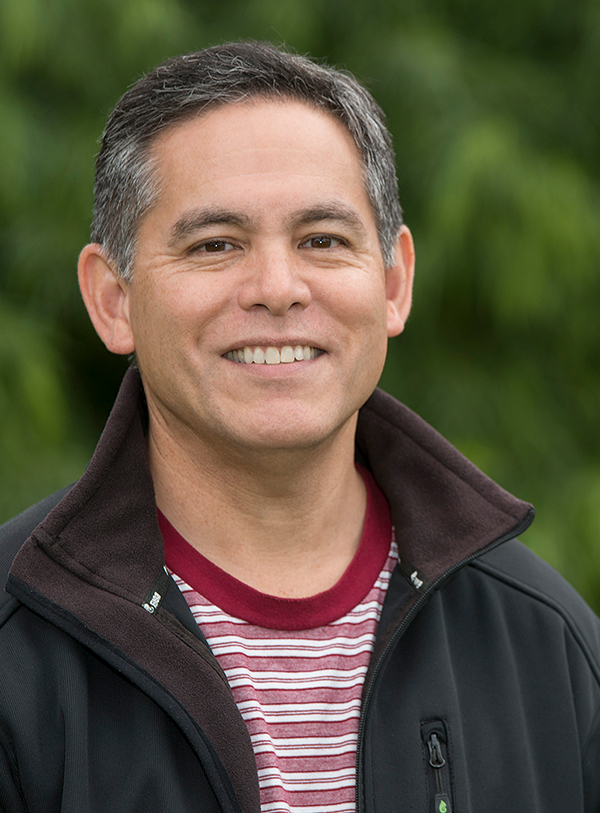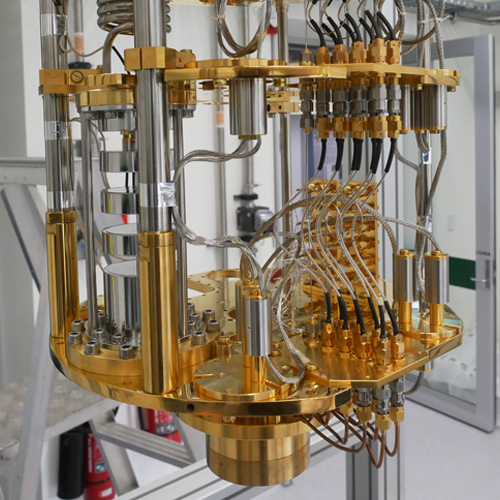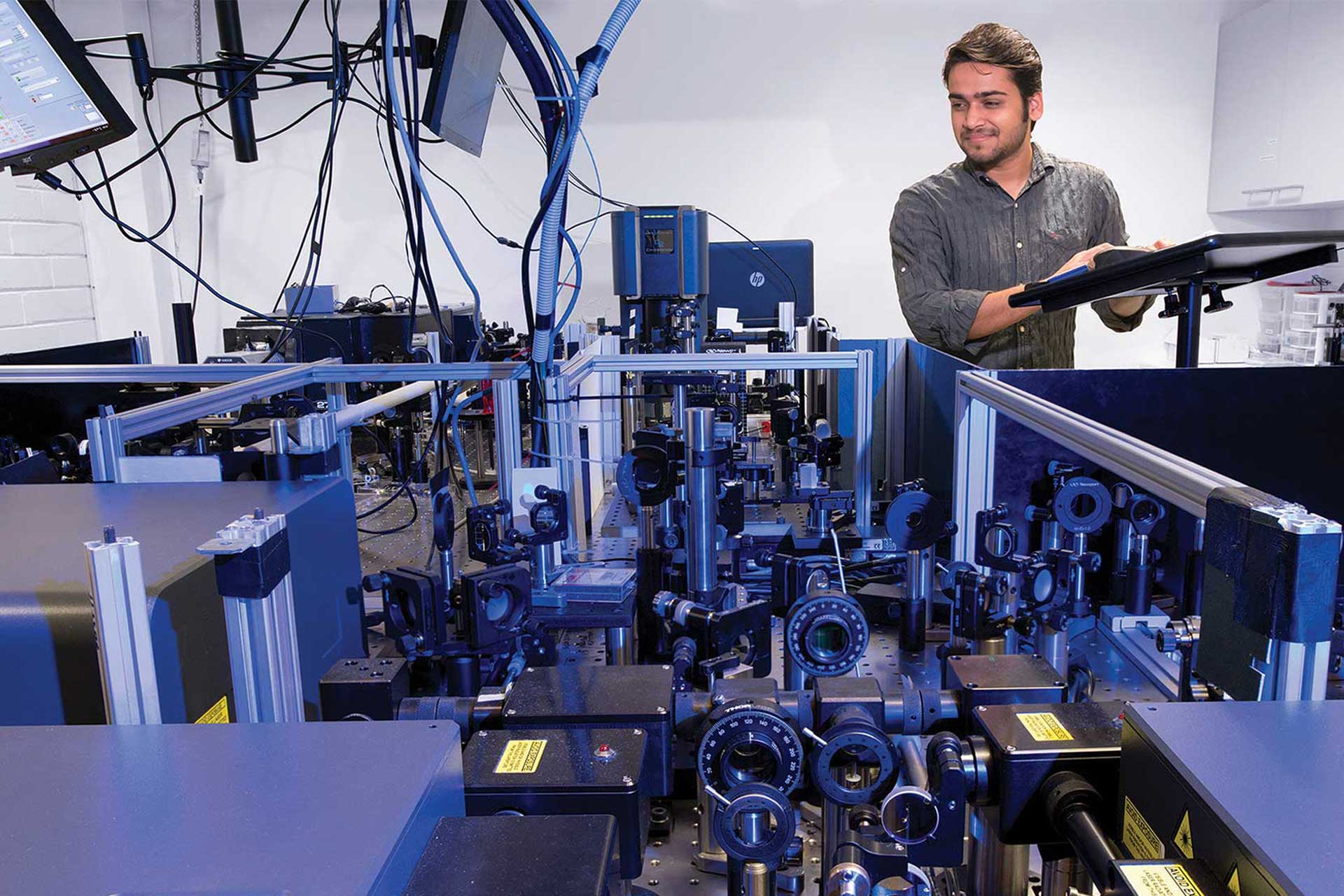Research theme 3
Light-transformed materials

Prof Kris Helmerson
Leader, Research theme 3,
Monash
The ability to use light to modify electron conduction in materials opens up new possibilities in high-speed, low dissipation electronics.
Expertise: ultra-cold collisions of atoms, matter-wave optics, non-linear atoms dynamics, atomic gas superfluidity, atomtronics, non-linear atom optics
Research outputs (Kris Helmerson):
110+ papers
4800+ citations
h-index 31 (Scopus)
Read our Case Study
FLEET’s third research theme represents a paradigm shift in material engineering, in which materials are temporarily forced out of equilibrium.
The zero resistance paths for electrical current sought at FLEET can be created using two non-equilibrium mechanisms:
- Short (femtosecond), intense bursts of light temporarily forcing matter to adopt a new, distinct topological state.
- Dynamically-engineered dissipationless transport.
Very short, intense pulses of light are used to force materials to become topological insulators (see Research theme 1) or to shift into a superfluid state (see Research theme 2).
The forced state achieved is only temporary, but researchers learn an enormous amount about the fundamental physics of topological insulators and superfluids as they observe the material shifting between natural and forced states over a period of several microseconds.
By using ultra-short pulses to switch between the dissipationless-conducting and normal states, we can also create ultra-fast opto-electronic switching of this dissipationless current.
The second approach typically uses periodic perturbations (usually, optical) to modify the time-averaged behaviour of the system.

- Identify topological phase transitions in Floquet systems using terahertz spectroscopy
- Demonstrate Floquet control of bandstructure in graphene
- Investigate quench dynamics in a 2D Fermi gas near a p-wave Feshbach resonance
- Demonstrate Floquet states with spin-orbit coupling in an atomic gas
- Develop theoretical understanding of (Floquet) kicked-rotor system with spin-orbit coupling
- Demonstrate electric field enhancement for optical control of band structure, e.g. via plasmonic resonances.
- Demonstrated Floquet control of bandstructure in the semiconducting TMD materials WS2 and MoS2, with light-controlled band modification shown to be adiabatic for pulses below 30 femtoseconds, and optical coherence measured between bands
- Developed detailed understanding of mobile quantum impurities in Fermi gases, applying a theory developed for ultra-cold atomic gases to understand absorption in semiconductors
- Established experimental technique to measure sound propagation in ultra-cold Fermi gases, used to understand transport phenomena in strongly-interacting Fermi gases
- Commissioned experimental facility (Monash) to perform optical pump-probe terahertz probe time-domain spectroscopy of functional materials
- Revealed coherent dynamics and interactions in a strongly-correlated material using multidimensional coherent spectroscopy.
Did you know...
FLEET researchers cool atomic gases to only a few billionths of a degree above Absolute Zero – a billion times colder than interstellar space.
